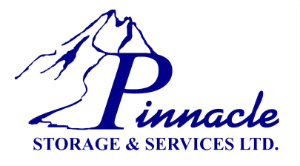Cold storage is a critical aspect of the frozen-food supply chain – linking the manufacturer with transportation and storage to the retailer.
Because of the nature of perishable products, it is important for cold storage providers to maintain their warehouses within a strict temperature range, generally between -20°C and -28°C. Even a variation of a few degrees can cost a company thousands, so there is simply no room for error.
Furthermore, retailers expect frozen food products to be delivered on time and to maintain the quality. If the provider doesn’t deliver, their reputation and brand are on the line.
In addition to choosing a provider with effective temperature control systems, here are some additional considerations manufacturers and producers must keep in mind.
Access and Proximity
Choosing a cold storage facility close to growing or production sites can be huge benefit in terms of minimizing costs and fuel miles, in addition to helping you reduce your carbon footprint. Another key consideration is your warehouse’s proximity to major transportation routs. You’ll likely have a number of vehicles traveling to and from your facility, so easy access ensures an efficient and streamlined operation.
Build and Design
Reducing costs and cutting emissions are among the top priorities for producers and manufacturers. Therefore, cold storage facilities should be built to conserve energy. At a minimum, design features should include recycled heating systems, external classing, and insulated panels.
Integrated Logistics
Many cold storage providers are expanding their services to include integrated logistics, encompassing distribution, quality management systems, and other valuable services in addition to storage. There are a plethora of benefits to outsourcing your complete operation to a single provider, including saving valuable resources and time. Plus, you get access to highly experienced and knowledgeable warehouse professionals that can pass off a lot of experience in the logistics industry.

